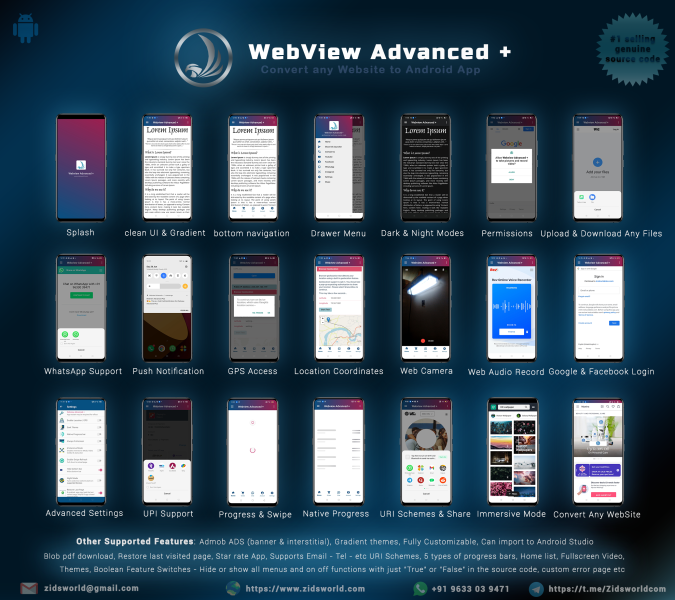What is SEO, Simple SEO Guide and Examples
Thursday, March 7, 2024, 4 PM
SEO, or Search Engine Optimization, is the practice of optimizing your website to improve its visibility on search engines like Google.
The goal is to enhance the quantity and quality of organic (non-paid) traffic to your site. SEO involves various strategies, including optimizing content, using relevant keywords, improving website structure, and ensuring a positive user experience.
SEO aims to make your website more attractive to search engines, leading to higher rankings and increased visibility in search results.
Here are some HTML tags that you can use on your website for improving SEO:
Title Tags:
Create short and catchy titles (about 50-60 characters) that tell people what your page is about. Use important words so search engines and people notice your content.
<title>Your Catchy Title</title>
Meta Descriptions:
Write a brief summary (around 150-160 characters) of your page. Use words that make people want to click on it when they see it in search results.
<meta name="description" content="Brief summary of your page">
Header Tags:
Organize your content with headers (H1, H2, H3, etc.). Put important words in them to help search engines understand what your page is talking about.
<h1>Main Heading</h1>
URL Structure:
Make simple and easy-to-read web addresses. Include words that show what your page is about but keep it clear for people and search engines.
<a href="your-url">Link Text</a>
Alt Text for Images:
Add short descriptions to your pictures so search engines and people know what's in them. This helps everyone understand your content better.
<img src="your-image.jpg" alt="Description of your image">
Internal Linking:
Connect related pages on your site with links. This helps people navigate and helps search engines find and understand your pages.
<a href="internal-link">Internal Link Text</a>
Mobile-Friendly Design:
Make sure your website looks good and works well on phones. Google likes websites that are easy to use on mobile, and it helps more people see your site.
<meta name="viewport" content="width=device-width, initial-scale=1.0">
Page Loading Speed:
Make your pages load fast by fixing how they're built. Fast pages make people happy, and search engines like that too.
Schema Markup:
Add extra information to your content so search engines show it better in search results. This makes your page stand out more.
<script type="application/ld+json">{"@context": "http://schema.org", ...}</script>
Canonical Tags:
Tell search engines which version of your page is the main one. This helps avoid problems with having the same content in different places.
<link rel="canonical" href="your-preferred-url">
Get good at making your HTML work well for SEO. Talk to search engines in a way they like, and make your website better for everyone. #SEO #HTML #DigitalMarketingSuccess 🚀






No comments found.